The multifaceted influence of Anni and Josef Albers on fashion
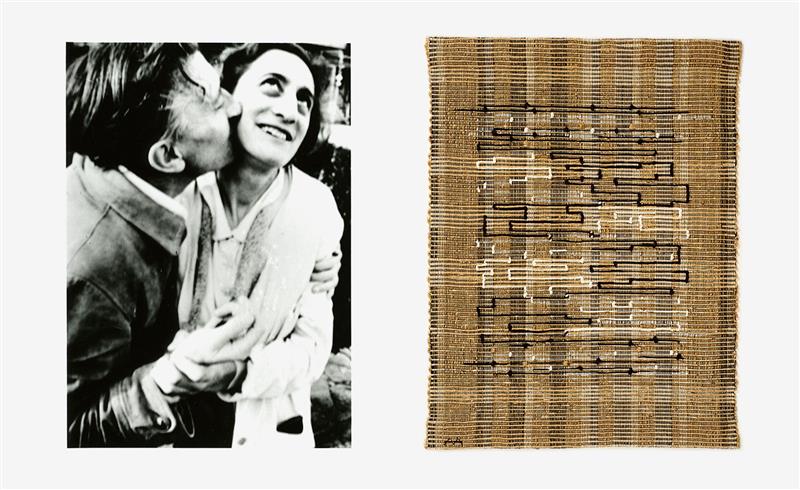
‘Anni Albers avoided defining herself in narrow terms and was constantly innovating and exploring new avenues for creating art,’ says Lucy Weber, director of Albers by Design at the Josef and Anni Albers Foundation. The extensive and experimental output of the Bauhaus pioneer is currently on display at the Tate Modern, as part of a seminal retrospective, spanning everything from the creative studies in colour and pattern she produced while studying at the German school, her commercial and function-led creations and her art-focused small-scale ‘pictorial weavings'.
Annie Fleischmann joined the Bauhaus school in 1922, and went on to marry her teacher Josef Albers in 1925, shortly after her arrival in Weimar. Both went on to become leading pioneers in 20th-century modernism, and the duo are renowned for their output in painting, colour theory, textile design and weaving. Josef published his artist’s handbook Interaction of Color in 1963, and Anni released her seminal text On Weaving in 1965.
A collaborative spirit was at the centre of the Bauhaus philosophy, and it’s particularly pertinent that this spirit of partnership has continued after the Albers’ death, in the form of capsule collections between fashion designers and the Josef and Anni Albers Foundation.
‘In many instances, Anni has left us a perfect road map for creating new objects, from rugs, to blankets, to wallpaper and upholstery materials,' Weber says. ‘I have also noticed that designers are drawn to the order and precision of Josef’s work, as well as to his use of colour.’
Here, we discover what draws Hermès, Paul Smith and Roksanda to the work of the two modernist masters…
Hermès
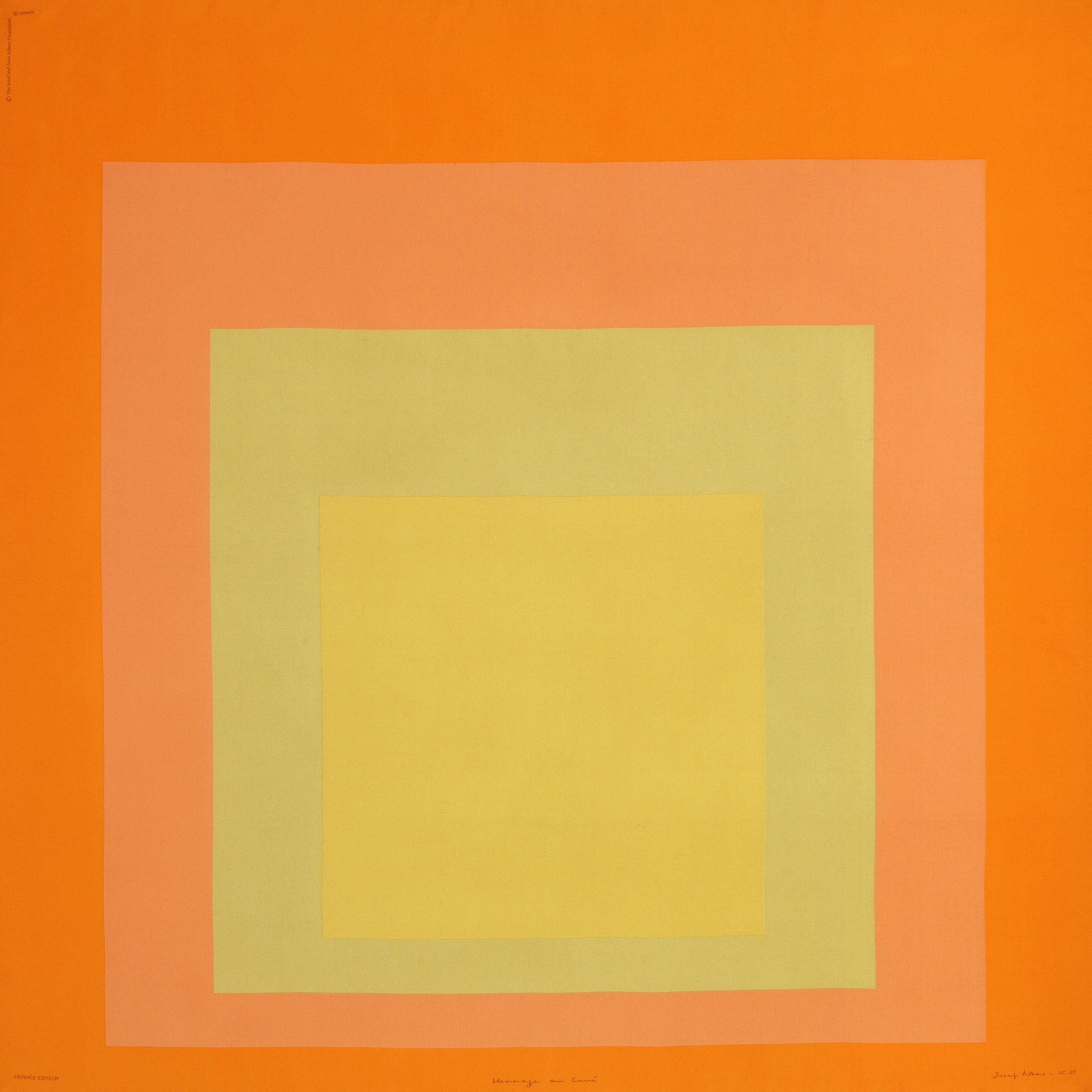
‘Albers’ principle was a simple one: to create a series of infinite chromatic variations within an unchanging form: the square, composed in a certain way,’ says Hermès’ artistic director Pierre-Alexis Dumas. In the Parisian maison’s 2008 collaboration with the Josef and Anni Albers Foundation, Dumas and women’s universe creative director Bali Barret, travelled to its home in Bethany, Connecticut, to view pieces in Josef’s ‘Homage to the Square’ series.
What resulted was a series of tonal silk scarves – the first in Hermès’ ‘Editeur’ series, which has also seen collaborations with Daniel Buren, Hiroshi Sugimoto and Julio Le Parc – evoking the square variations of colour in Albers’ artworks. ‘They took us to the limits of our savoir-faire,’ Dumas adds. ‘The technique is “frame” printing, but at its most challenging, involving the feat known as “edge to edge,” in which large swathes of colour have to be printed on the silks, so that they touch each other but do not overlap.’
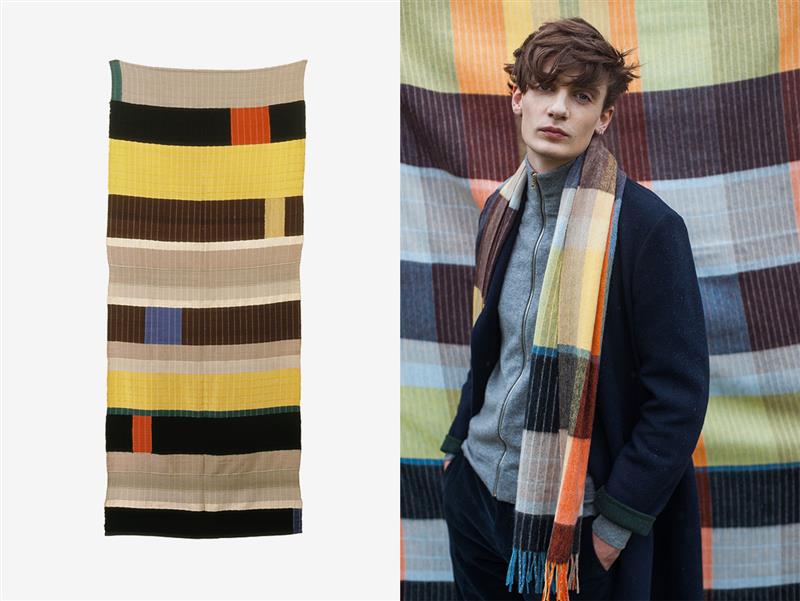
Left, Wallhanging, by Anni Albers, 1925, Collection Die Neue Sammlung, Munich.
Paul Smith
‘Following a bad cycling accident, I started hanging out in a local pub, in Nottingham, meeting up with students from the local art college when I was there. They told me about this thing called “Bauhaus” and at first I thought it was a council estate but I soon learnt otherwise!’ laughs Paul Smith. ‘It was during one of those conversations that I first heard mention of Anni and became aware of her work.’
In celebration of the Tate Modern’s recently opened Albers retrospective, Smith has designed a men’s and women’s Scottish cashmere jumper, scarf and blanket inspired by a colourful and graphic and untitled wallhanging from 1925. Smith’s A/W 2015 collection – which featured garments panelled in graphic squares of colour, also nods to the tonal gradation in Josef and Anni Albers’ work – took its cues from the couple's research trips to Mexico.
‘I’m most inspired by Anni’s very experimental and pioneering approach to using unexpected materials and fibres,' Smith says. ‘She’d weave a piece of plastic or rayon in the most unlikely of places. She was a true visionary.'
Roksanda
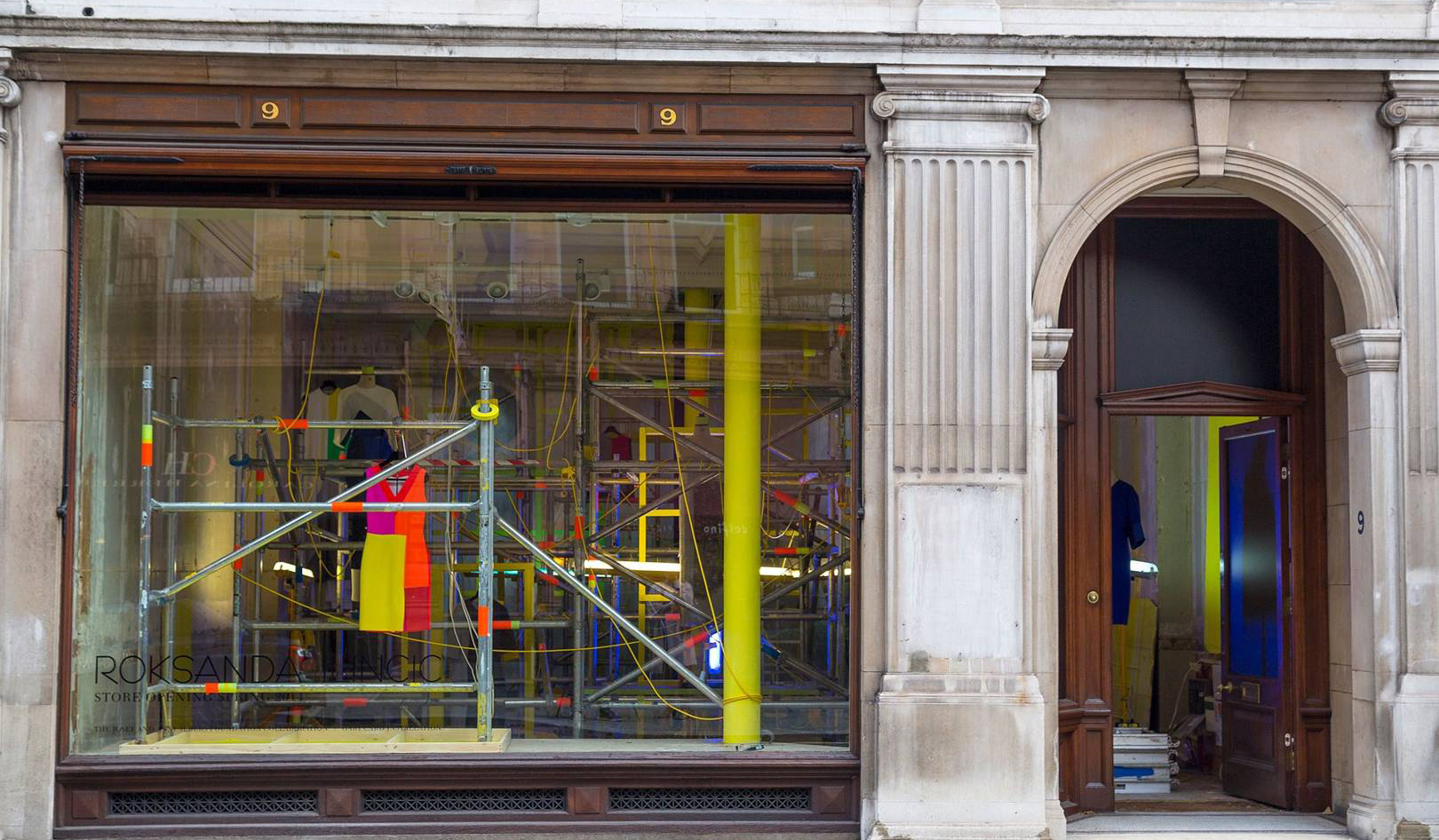
Roksanda's collaboration with the Josef and Anni Albers Foundation debuted during Frieze Art Far in London in 2013
‘Josef Albers really showed how different colours can look completely different in various combinations,’ says Roksanda Ilinčić, who collaborated with the Josef and Anni Albers Foundation in 2013, on an eight-piece capsule collection, which also celebrated the opening of her Mount Street boutique in London. The designer is renowned for her prowess and agility with colour, and this offering of dresses and separates, was colour-blocked into distinct panels. The pieces looked to the colour theory of Josef Albers’ ‘Homage to the Square’ series, and nodded to particular works like the Homage to the Square (La Tehuana) (1951) and Homage to the Square (1965).
Anni Albers’ work permeates her aesthetic. ‘I’ve also always been drawn to her status as a woman within Bauhaus. Women were expected to work on weaving and tapestry, but she tore up the perception that applied arts categories can’t be worthy of our admiration or high status. Josef and Anni are people that I come back to again and again.’
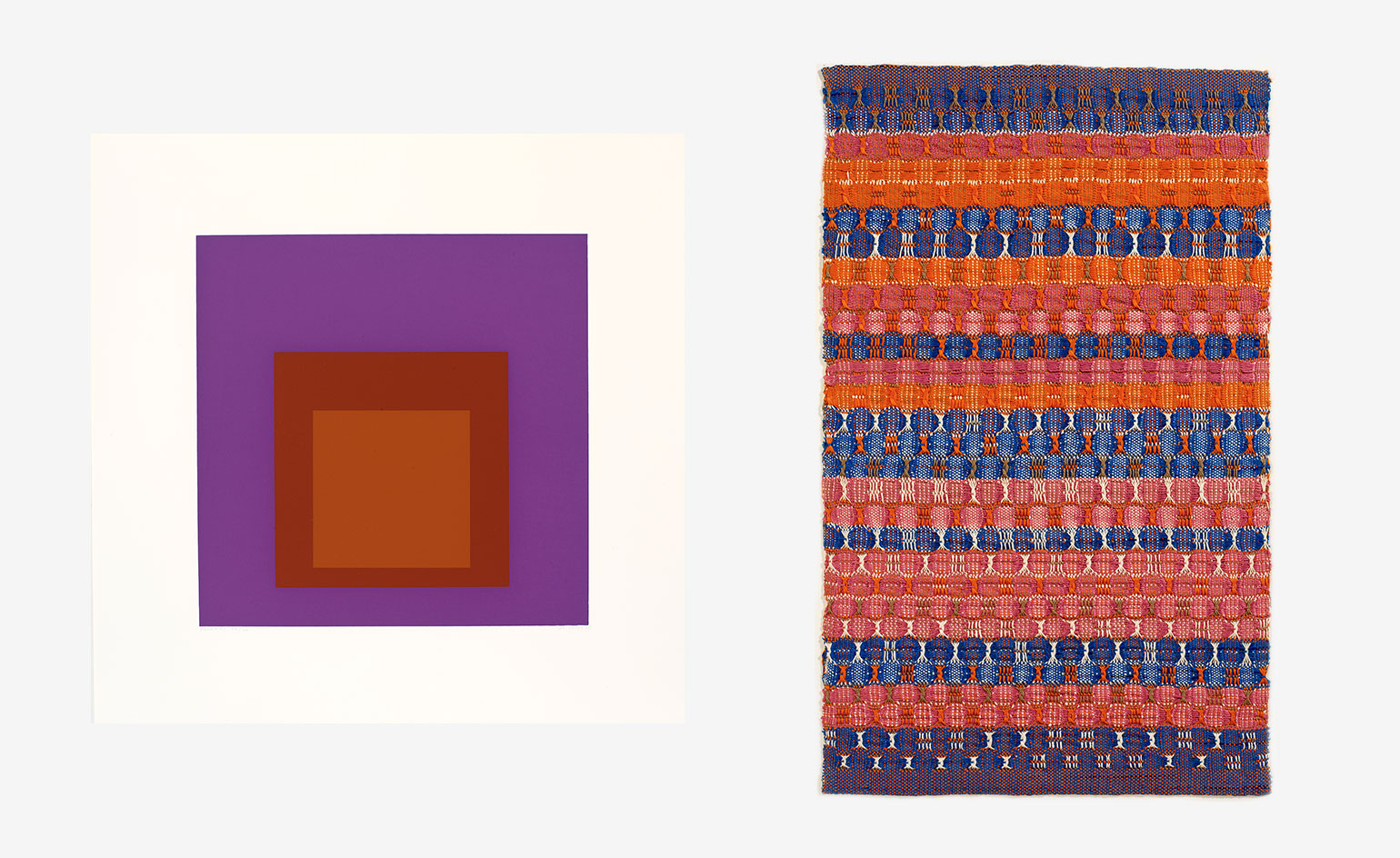
Left, Palatial by Josef Albers, from the portfolio ‘Soft Edge–Hard Edge'.

Left, Red Meander ‘pictorial weaving', by Anni Albers, 1954. Right, Anni Albers with textile samples in her home, New Haven, ca. 1950–60.
INFORMATION
‘Anni Albers’ is on view until 27 January 2019. For more information visit the Tate Modern website; Albers Foundation website, Hermès website, Paul Smith website, Roksanda website
Receive our daily digest of inspiration, escapism and design stories from around the world direct to your inbox.
ADDRESS
Tate Modern
Bankside
London
SE1 9TG
-
 Terrified to get inked? This inviting Brooklyn tattoo parlour is for people who are 'a little bit nervous'
Terrified to get inked? This inviting Brooklyn tattoo parlour is for people who are 'a little bit nervous'With minty-green walls and an option to 'call mom', Tiny Zaps' Williamsburg location was designed to tame jitters
-
 Let’s hear it for the Chopard L.U.C Grand Strike chiming watch
Let’s hear it for the Chopard L.U.C Grand Strike chiming watchThe Swiss watchmaker’s most complicated timepiece to date features an innovative approach to producing a crystal-clear sound
-
 Form... and flavour? The best design-led restaurant debuts of 2025
Form... and flavour? The best design-led restaurant debuts of 2025A Wallpaper* edit of the restaurant interiors that shaped how we ate, gathered and lingered this year
-
 The Wallpaper* style team recall their personal style moments of 2025
The Wallpaper* style team recall their personal style moments of 2025In a landmark year for fashion, the Wallpaper* style editors found joy in the new – from Matthieu Blazy’s Chanel debut to a clean slate at Jil Sander
-
 Carhartt WIP ‘excavates’ the history of its Active Jacket with a monumental installation at Tate Modern
Carhartt WIP ‘excavates’ the history of its Active Jacket with a monumental installation at Tate ModernConceived by Thomas Subreville’s practice ILL-STUDIO, the immersive installation marked 50 years of the perennial workwear jacket by exploring its ’collective symbolism’ through scenography, video and performance
-
 Inside Paul Smith’s magical Christmas takeover of London’s Royal Opera House
Inside Paul Smith’s magical Christmas takeover of London’s Royal Opera HousePaul Smith has conceived the Christmas tree for fellow Covent Garden institution the Royal Opera House as a ‘peek behind the curtains’, with decorations inspired by a theatre’s backstage
-
 Roksanda Ilinčić on designing the showstopping costumes for Marina Abramović’s ‘Balkan Erotic Epic’
Roksanda Ilinčić on designing the showstopping costumes for Marina Abramović’s ‘Balkan Erotic Epic’Abramović drafted the London-based designer to create the costumes for her latest performance, drawing on a shared Serbian heritage
-
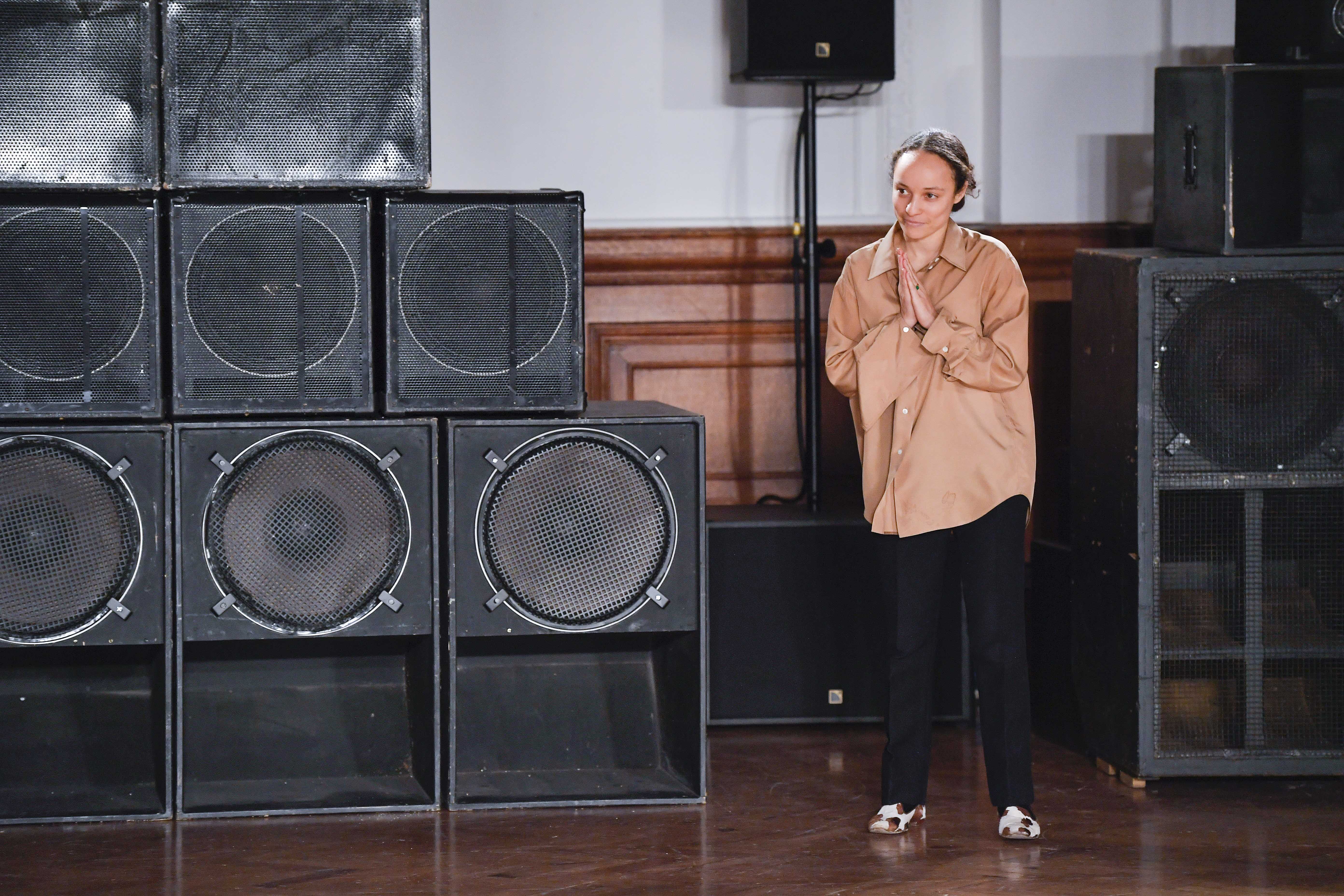 Lauded British designer Grace Wales Bonner is the new head of menswear at Hermès
Lauded British designer Grace Wales Bonner is the new head of menswear at HermèsThe LVMH Prize winner will replace Véronique Nichanian, the Parisian house announced today
-
 ‘Paul Smith loves Barbour’ sees two very British institutions unite on a countryside-inspired collection
‘Paul Smith loves Barbour’ sees two very British institutions unite on a countryside-inspired collectionThe collaborative collection, inspired by British country fairs, sees the Barbour signature wax jacket get the colourful Paul Smith spin
-
 Wild side: the story behind our September 2025 Style Issue cover shoot
Wild side: the story behind our September 2025 Style Issue cover shootAn animalistic mood permeated the A/W 2025 collections, captured by Nicole Maria Winkler and Jason Hughes in our September 2025 Style Issue cover shoot. Here, they tell the story behind the pictures
-
 Power suits, thigh-high boots, dangerous glamour: these looks capture A/W 2025’s defining trends
Power suits, thigh-high boots, dangerous glamour: these looks capture A/W 2025’s defining trendsFrom riffs on the working uniform to a mood of dangerous glamour, the A/W 2025 collections encapsulated in 12 distinctive looks and accessories